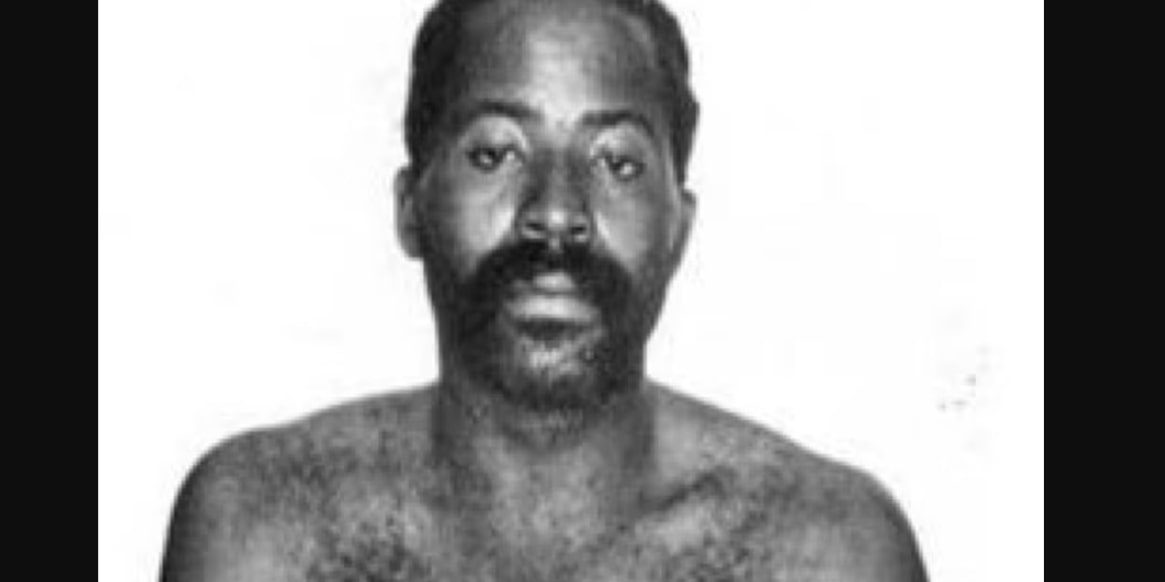In May 1987, police arrested a man named Louis Craine on suspicion of murdering a sex worker. During his interrogation, he not only confessed to that crime but also revealed that he had killed two other women. Investigations later revealed that several serial killers were operating in the same area during this period, leading to the collective identification of these criminals as the Southside Slayers. Craine was recognized as one of them. In Oxygen’s ‘Serial Killer Capital: Los Angeles’ the life that he led and the crimes against the women that he victimized have been explored.
Louis Craine Could Not Find a Stable Job Due to His Lack of Education
Louis Craine was born on January 6, 1957, in Los Angeles, California, as the second youngest of four siblings. During his early years, both his family and teachers began to notice his struggles in academics as he consistently performed poorly in school. Some suspected he might have an intellectual disability, but he was never formally diagnosed. Craine managed to continue his education only until the fourth grade, ultimately dropping out due to his difficulties in coping with school. Despite the challenges stemming from his lack of education, he remained living with his family and gradually sought to carve out his place in life.
Craine began working in the construction industry, but due to his lack of formal skills, he primarily engaged in manual labor. In the early 1970s, he chose to leave his home and forge his own path. He took on various odd jobs over the years, and by 1987, he had moved back in with his family and was employed at a construction site in the San Fernando Valley. The police first took notice of him on May 27, 1987, while investigating the death of Carolyn Barney. She was a sex worker whose remains had been discovered in an abandoned house in the Watts area of Los Angeles, California. This was very close to Craine’s residence.
Louis Craine’s Odd Behaviour Made Him a Suspect in a Murder
Carolyn Barney had been sexually assaulted and strangled. The area was cordoned off for investigation when the police first noticed Louis Craine lurking nearby, attempting to peer into the scene. They interviewed people who knew Carolyn, and one witness recalled seeing her conversing with Craine behind a station wagon just hours before she vanished. Given his suspicious behavior, the police brought him in for questioning. He presented himself as polite and “mild-mannered,” but when asked about the 29-year-old, he claimed that they had an argument after which he had left her.
When the police probed further, Craine initially stated that during the argument, he had pushed his forearm against Carolyn’s neck, but he thought she was merely sleeping. Gradually, he confessed that by the time he left, he was aware she had died. In a bizarre turn of events, he requested the officers to pray with him before confessing to two additional murders. He revealed that he had killed 24-year-old Loretta Perry, who had died on January 25, 1987, and Vivian Collins, who was murdered on March 18, 1987. Like Carolyn, these women were also sex workers, and their bodies had been discovered in areas near Craine’s residence. All of them had been killed in a similar manner.
As the interview continued, Craine claimed that his brother, Roger, was responsible for Vivian’s murder. However, family members provided an alibi for Roger, leading to Craine being charged with the murder instead. The police also began to suspect his involvement in two additional murders. The body of 24-year-old Gail Ficklin was discovered on August 15, 1985, and 30-year-old Sheila Burton’s body was found on November 18, 1984. The locations where their bodies were discovered, along with the modus operandi used in the murders, fueled the police’s suspicions against Craine, resulting in charges being brought against him for those crimes as well.
Louis Craine Passed Away While Serving His Sentence
Louis Craine was arrested, and his trial commenced in 1989. During the proceedings, his family, including his mother, testified for the prosecution. She claimed that Craine had exhibited aggressive behavior from a young age and had harbored an unfounded hatred toward sex workers, which he had openly expressed. She even alleged that she had seen him wearing a blood-covered shirt after one of the killings. Based on Craine’s earlier testimony, the body of Loretta Perry was exhumed. Initially believed to have died from a drug overdose, a forensic examination revealed that her injuries were consistent with the claims he had made during the interrogation.
In his defense, Craine maintained that his confessions had been coerced and that he was innocent. His defense team requested a forensic psychiatric examination, but this request was denied. Instead, they conducted their own set of tests, the results of which were presented in court. These tests suggested that Craine had an intellectual disability, with an IQ of only 69, and indicated that he had a tendency to exaggerate and was highly susceptible to suggestion.
However, without any legal endorsement for these claims, Craine was found guilty of four murders: those of Carolyn Barney, Loretta Perry, Vivian Collins, and Gail Ficklin. On June 6, 1989, the court sentenced him to death. He was initially incarcerated at San Quentin State Prison in California. However, his health began to deteriorate, leading to a transfer to a hospital near San Rafael, California. There, he was diagnosed with AIDS and passed away from the disease on November 3, 1989.
Read More: Jack Unterweger: Who Were His Victims? What Happened to Him?

